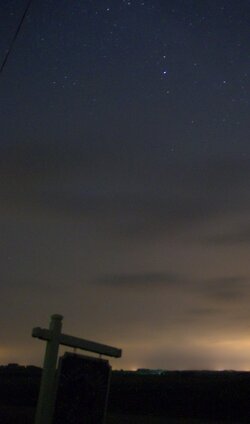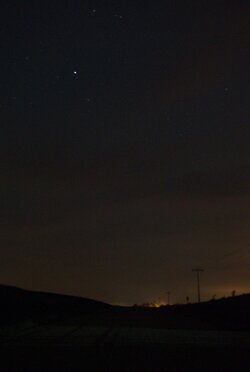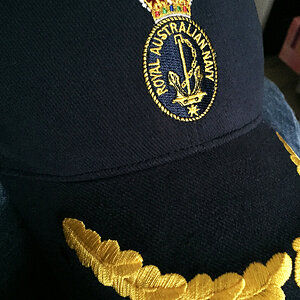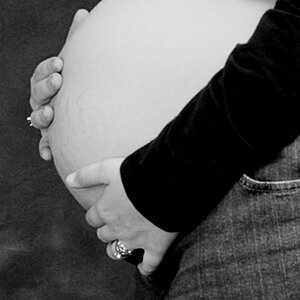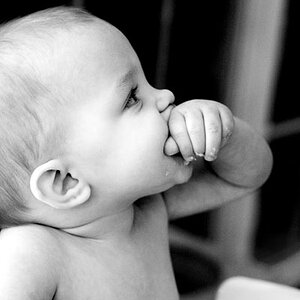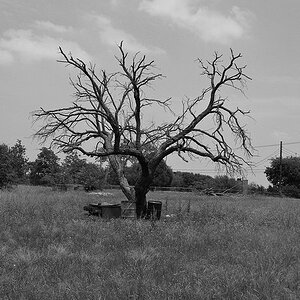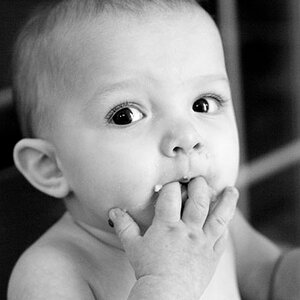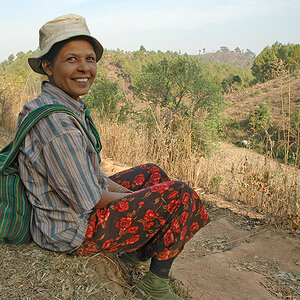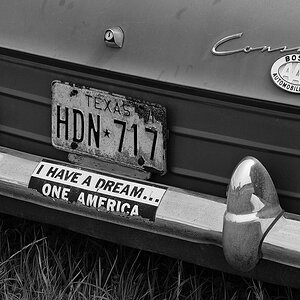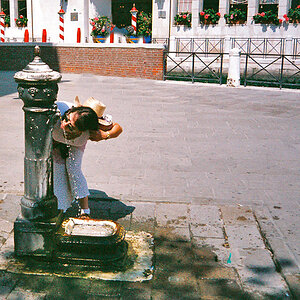Mateo1041
TPF Noob!
- Joined
- Jul 20, 2014
- Messages
- 32
- Reaction score
- 1
- Location
- Minnesota
- Can others edit my Photos
- Photos NOT OK to edit
Hi,
I've been trying to get into night sky photography and just did my first star trail shot this weekend. While it turned out pretty neat, I've been having a lot of trouble with noise and it's been pretty frustrating when loading the RAW images onto my computer here at home. I just took a batch of photos last night and even the lower ISO stuff had considerable noise to the point of being unusable. I've read I'm supposed to shoot in ISO 800/1600 or even higher. Anything lower and it was a challenge to really see anything. Any ideas? Is it possible my sensor could be going bad?
Thanks!
I've been trying to get into night sky photography and just did my first star trail shot this weekend. While it turned out pretty neat, I've been having a lot of trouble with noise and it's been pretty frustrating when loading the RAW images onto my computer here at home. I just took a batch of photos last night and even the lower ISO stuff had considerable noise to the point of being unusable. I've read I'm supposed to shoot in ISO 800/1600 or even higher. Anything lower and it was a challenge to really see anything. Any ideas? Is it possible my sensor could be going bad?
Thanks!


